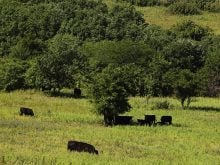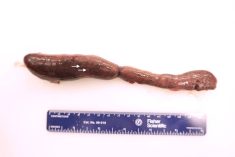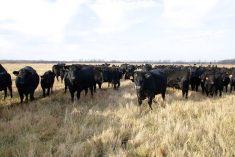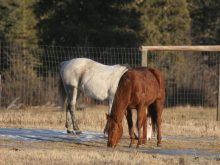It’s that time of year where most of the bulls have been turned out and are hopefully taking care of business this summer.
However, a common breeding injury can interfere with the bull’s success during the breeding season.
That injury is sometimes known as a “broken penis” but is probably better named a penile hematoma. This can occur when a bull is attempting to breed and the cow or heifer collapses, or if the bull’s breeding lunge is mistimed. The erect penis can then hit the pelvis of the cow and rupture the thick tunic of the penis, resulting in a large blood-filled swelling or hematoma. This rupture tends to occur on the dorsal aspect of the penis just in front of the scrotal area.
Read Also
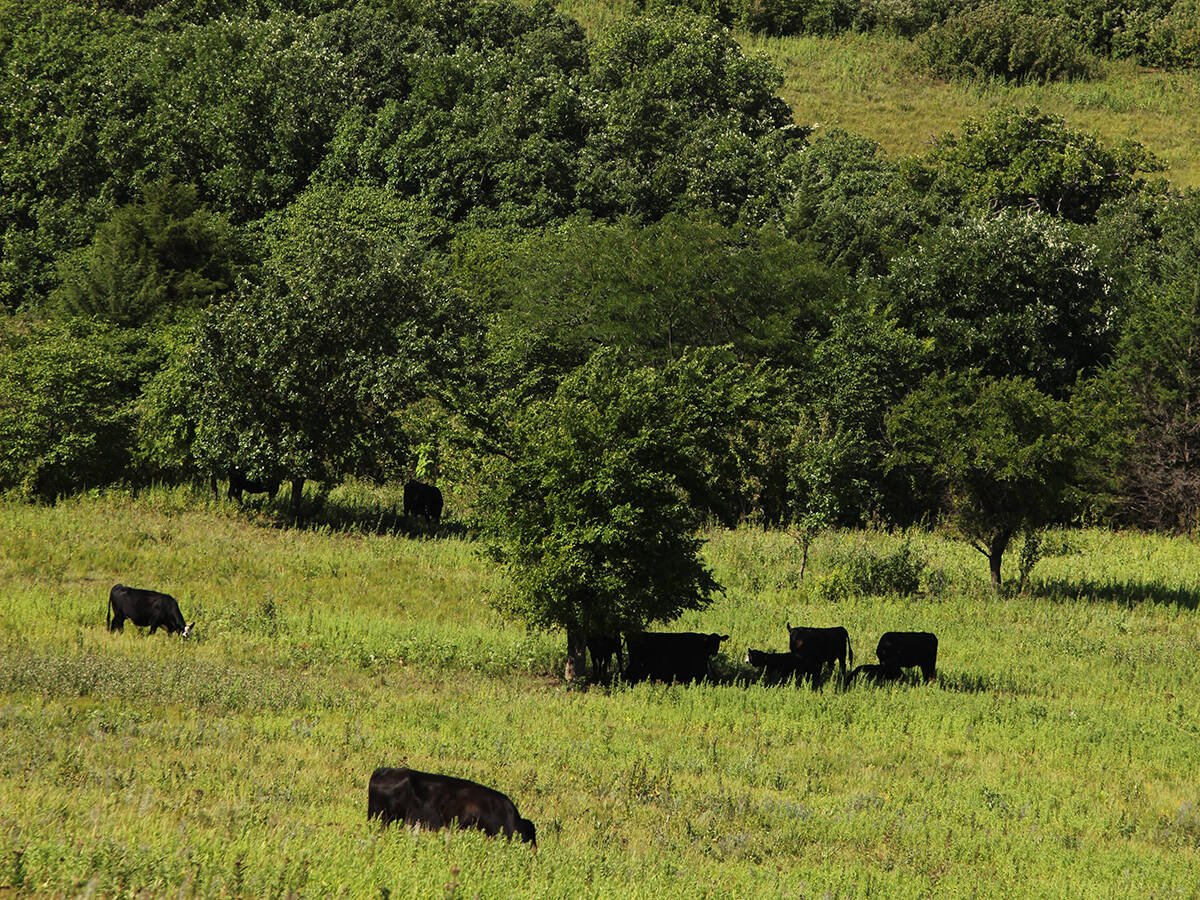
Beef cattle more prone to trace mineral deficiencies
The trace mineral status of our cows and calves is a significant challenge for western Canadian producers and veterinarians.
Years ago, I was able to review the culling records from Prairie Farm Rehabilitation Administration bulls that were used on community pastures across the Prairies. While lameness was the most important reason that caused bulls to be culled from the breeding herd, penile injuries accounted for just less than 10 percent, and these bulls tended to be younger than many of the other culling categories.
Perhaps young bulls have less experience and are more likely to mistime their breeding lunge, or in some cases, it may be that older, more dominant bulls may cause some of these injuries to occur in multi-bull pastures.
Regardless of the cause, this injury will cause a premature conclusion to the breeding season for the bull. The hematoma may get large if the bull continues to be sexually stimulated once the injury occurs and the injury is usually identified as a large symmetrical swelling above the penis and in front of the neck of the scrotum. Blood and tissue swelling may sometimes cause the prepuce to prolapse and the prolapse may often have a bluish tinge because of the blood under the tissue.
This type of injury can result in permanent loss of reproductive function if left untreated. Other complications such as abscesses, and scar tissue resulting in nerve damage can create complications that are difficult to treat if the injury is not identified and treated promptly.
If the hematoma is severe or very advanced, your veterinarian may have to recommend salvage slaughter in some situations. If the injury is identified immediately, veterinarians can attempt a surgical repair of the hematoma, but in most pasture situations, by the time the hematoma is identified, medical management is usually a more likely course of action.
This treatment usually includes the use of a broad-spectrum antibiotic to reduce the chances of abscess formation and the application of hydrotherapy. Hydrotherapy is just a fancy word for applying cold water with a garden hose twice daily to reduce the swelling.
Many veterinarians may also give some sort of anti-inflammatory injection to help with the pain and swelling.
The most important part of the treatment includes complete sexual rest for at least 60 to 90 days, which usually means the bull cannot be used for breeding until next year. Even following therapy that appears to be successful, some cases will reoccur the following year when the bull attempts to breed again.
The success rate of treatment for this condition is probably somewhere greater than 50 percent and may even be closer to 70 to 80 percent if the hematoma is identified quickly and surgical intervention is possible.
Medical treatment isn’t difficult or costly, but it takes time and effort to make sure hydrotherapy is done twice daily for a few weeks and the bull is kept away from cows in heat for a period of complete sexual rest.



